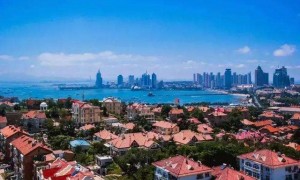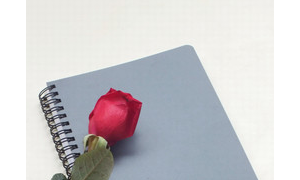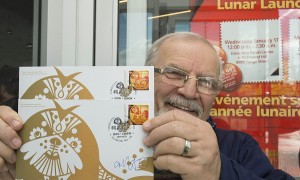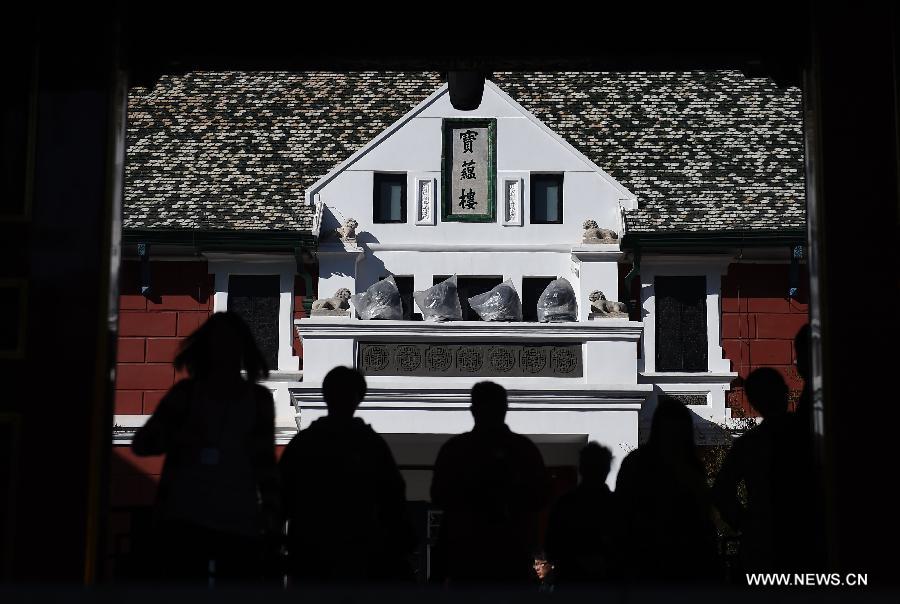
Photo taken on Oct. 8, 2015 shows a building at the new exhibition area which is about to open to public at the Palace Museum in Beijing, captial of China, Oct. 8, 2015. The Palace Museum, also known as the Forbidden City, will open four more areas to the public ahead of its 90th anniversary, which is on Oct. 10, increasing the opening area of the palace from 52% to 65%. Located in the heart of Beijing, the Forbidden City was home to China's emperors and was the highest center of power from 1420 to 1911. (Xinhua/Jin Liangkuai)
Four new sections will be unveiled, including the palace that housed the emperor's mother, making 65 percent of the complex accessible to the public, a museum statement said.
The Palace Museum has a collection of more than 1.8 million items, including imperial artifacts and ancient documents.
Taipei's National Palace Museum will also hold a series of exhibitions to mark the anniversary, Fung Ming-chu, its curator, announced.
Located in the heart of Beijing, the Palace Museum was home to emperors of the Ming and Qing dynasties. Following the revolution of 1911, which ended the reign of the Qing Dynasty, the last emperor, Puyi, remained in the complex until 1924, when he was expelled from the palace.
In 1925, a special committee was formed by the central government to catalog the artifacts. The Palace Museum was established on Oct. 10 that same year.
Over the following years, many treasures were lost due to social unrest.
In the 1930s, the majority of items were transferred from Beijing to Nanjing and then further inland to keep them out of Japanese hands.
Before New China was founded in 1949, Chiang Kai-shek fled to Taiwan with more than 2,000 artifacts, resulting in the two Palace Museums, today.
Nowadays, the Palace Museum faces new problems such as protection and high visitor numbers. In 2014, more than 15.25 million people visited the museum.
Since Jan. 1 2014, the museum has closed its doors every Monday to undertake renovation and maintenance work.
In June this year, visitors have been limited to 80,000 daily, especially during public holidays, and tourists have been encouraged to pre-buy their tickets online.
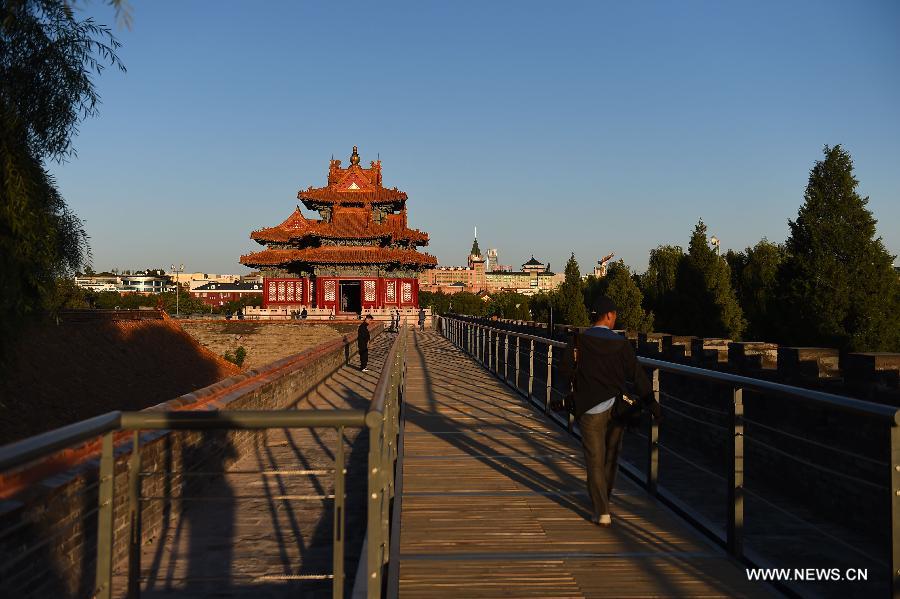
Photo taken on Oct. 8, 2015 shows a brick wall at the new exhibition area which is about to open to public at the Palace Museum in Beijing, captial of China, Oct. 8, 2015. The Palace Museum, also known as the Forbidden City, will open four more areas to the public ahead of its 90th anniversary, which is on Oct. 10, increasing the opening area of the palace from 52% to 65%. Located in the heart of Beijing, the Forbidden City was home to China's emperors and was the highest center of power from 1420 to 1911. (Xinhua/Jin Liangkuai)
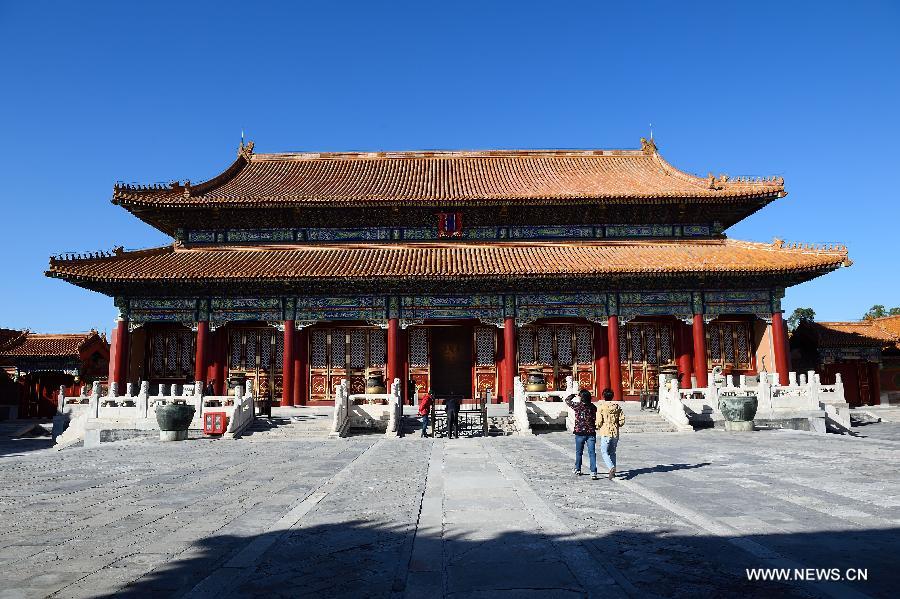
Photo taken on Oct. 8, 2015 shows a building at the new exhibition area which is about to open to public at the Palace Museum in Beijing, captial of China, Oct. 8, 2015. The Palace Museum, also known as the Forbidden City, will open four more areas to the public ahead of its 90th anniversary, which is on Oct. 10, increasing the opening area of the palace from 52% to 65%. Located in the heart of Beijing, the Forbidden City was home to China's emperors and was the highest center of power from 1420 to 1911. (Xinhua/Jin Liangkuai)



